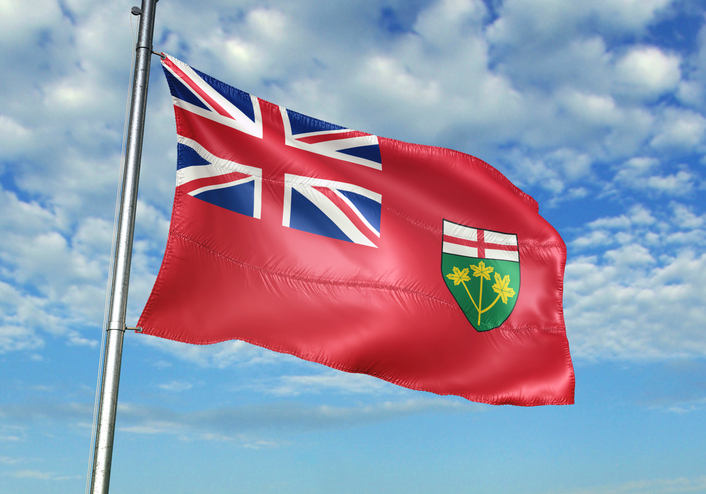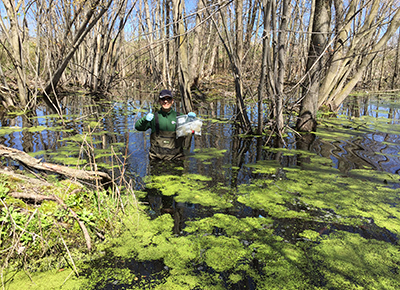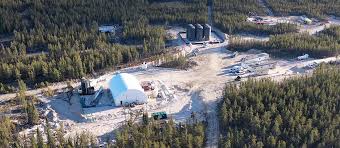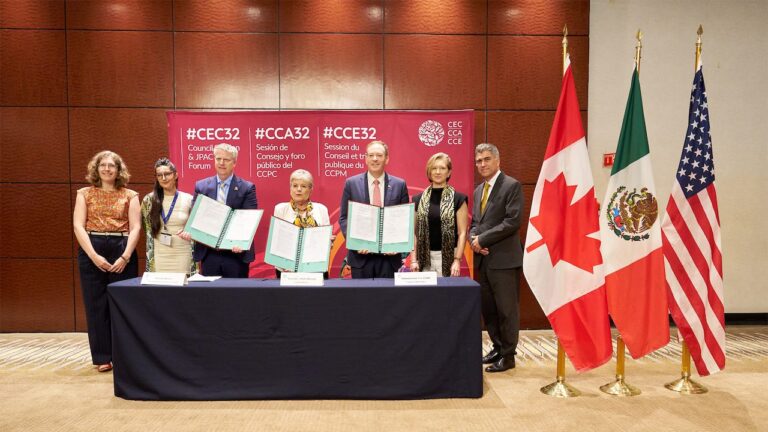Tuesday, August 19, 2025
Ontario Premier Doug Ford has called an early election. He says he is seeking a stronger mandate from voters so he can stand up to the tariff threats from the new U.S. administration. Critics allege that he is clinging to power in light of a new RCMP investigation concerning the Greenbelt scandal.
Typically, before and often early into election campaigns the parties publish their platforms. These are documents cataloguing the complete list of election promises with which they plan to woo voters. Platforms are generally fully costed and accompanied with details that at least somewhat resemble an implementation plan. Election platforms not only give some insights into the policy direction that the winner can be expected to take but they also give observers some insights into the policy priorities of the electorate at the time the election is called.
The February 2025 Ontario election has been somewhat unusual in that two of the four major parties competing for government released their platforms only in the last week of the campaign and one party, the one that called the election, is released the party’s official platform yesterday — only three days before voters head to the polls on February 27th.
This summary of the environmental policy elements of the platforms provides interesting insights into the environmental issues that may, or by their omission may not, be engaging the Ontario electorate in the early part of 2025.
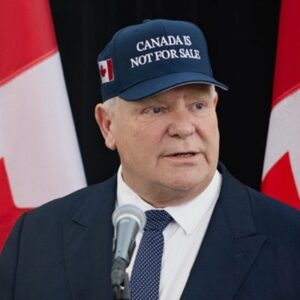
Progressive Conservative Leader Doug Ford, Premier of Ontario. Credit: LinkedIn.
The Progressive Conservative (PC) Party of Ontario platform contains no direct reference to protection of the environment though there are descriptions of initiatives which may have either a positive or a negative impact on the environment. The majority of these references include the following:
- Restrict U.S. companies from Ontario government procurement. This may impact Ontario’s environment in a negative way if, as if often the case, the only source of a particular technology is a U.S. company.
- Build more highways and expanding existing highway, more GO train, subway, LRT and Northlander rail service.
- Remove bike lanes from the busiest streets in the province.
- Deliver a new driver and transit tunnel expressway under Highway 401.
- Raise highway speed limits to a minimum of 110km per hour. Internal combustion engines produce more polluting emissions at higher speeds in this range.
- Encourage municipalities to accelerate planned infrastructure. Much municipal infrastructure is designed to improve the quality of the environment. Some is not.
- Advocate for more oil and gas pipelines in Canada and the United States.
- Scrap redundant and wrongheaded impact assessment requirements.
- Advocate for a new federal infrastructure program.
- Urge the federal government to increase defence spending.
- Deliver the Home Renovation Rebate Program, including for new windows, doors, insulation, air sealing, battery storage and energy efficient appliances.
- Unleash the economic potential of critical minerals and provide $500 million to create a new Critical Minerals Processing Fund.
- Legislate a One Project, One Process approach for all mining development.
- Build new interconnection to neighbouring jurisdictions to export power.
- Refurbish and expand hydroelectricity generation.
- Secure the largest energy storage procurement in Canadian history.
- Support energy intensive industries.
- Secure Ontario’s long‑term energy supply by investing in nuclear energy.
- Invest $30 million to launch the Hydrogen Innovation Fund.
- Grow Ontario’s Agricultural and Agri-Business Sectors.
- Maintain Ontario’s contribution to the electric vehicle and battery auto pact.
- Invest$20 million to enhance the Forest Access Roads Program.
The Progressive Conservative election platform is available at: https://ontariopc.ca/our‑plan/
The Ontario New Democratic Party (NDP) held the position of official opposition at the time the election was called. There are no proposals in its platform which are labelled as environmental initiatives, suggesting that the authors believe that the electorate is not very interested in the environment in this election, but the party does propose the following:
- Expand intercity bus and rail transit;
- Make municipal transit service more reliable, frequent, affordable and accessible;
- Provide free or discounted electric heat pumps to Ontario households;
- Protect the Greenbelt, and Ontario’s prime farmland, by focussing growth sustainably and cost‑effectively within the pre‑2022 urban boundaries.
The NDP platform is available at: https://www.ontariondp.ca/platform

Leader of the NDP and Official Opposition Marit Stiles. Credit: LinkedIn.
The Ontario Liberal Party environmental policy proposals are somewhat short but the party does propose the following initiatives:
- Expand the Ottawa LRT, electrifying and increasing GO train service throughout the GTA and southwestern Ontario, and expediting the delivery of several planned transit projects;
- Axe the carbon tax;
- Develop a Made in Ontario environmental action plan that protects Ontario’s land, water, air, biodiversity and communities; and,
- Protect prime farmland champion a sustainable agri‑food sector to support farmers and rural communities.
The Ontario Liberal Party platform is available at: https://ontarioliberal.ca/wp‑content/uploads/2025/02/A‑Plan‑to‑Do‑More‑For‑You.pdf

Leader of the Liberal Party Bonnie Crombie. Credit: LinkedIn.
The Green Party of Ontario has published a platform document which can be realistically described as an agenda for action should they win the election. It is also the only party platform that is costed. Polls suggest that a GPO government is unlikely to result from the 2025 election but nevertheless the platform document is a worthwhile read as a detailed insight into the views of a group of Canadian environmental thinkers who have taken the time to think through the benefits and challenges of their environmental policy proposals.

Leader of the Green Party Mike Schreiner
The Green environmental policy headlines include:
- A New Deal for Municipalities (grant autonomy to implement revenue tools, reverse cost downloads, and reinstate regional authority for sustainable planning)
- Build homes, not sprawl;
- Make the grid cleaner and more affordable with lower energy bills;
- Provide climate resilience by protecting your home from flooding and conserving the nature that protects us;
- Reduce waste and cost by building a circular economy;
- Create good, green jobs;
- Support local food and farming;
- Prevent illnesses by addressing the social and environmental determinants of health; and,
- End environmental racism in Indigenous communities.
There are 60 pages of policy proposals in the Ontario Green “Plan for Fairness” covering much more than environment related policies.
The Green Party of Ontario platform is available at: https://files.ontariogreens.ca/platform/gpo‑platform‑en.pdf
Costing for the platform is available at: https://files.ontariogreens.ca/platform/gpo‑platform‑costing.pdf
![]()
Colin Isaacs is a chemist with practical experience in administration, municipal council, the Ontario Legislature, a major environmental group, and, for the past three decades, as an adviser to business and government. He is one of the pioneers in promoting the concept of sustainable development for business in Canada and has written extensively on the topic in the popular press and for environment and business platforms.
Featured image credit: Getty Images

